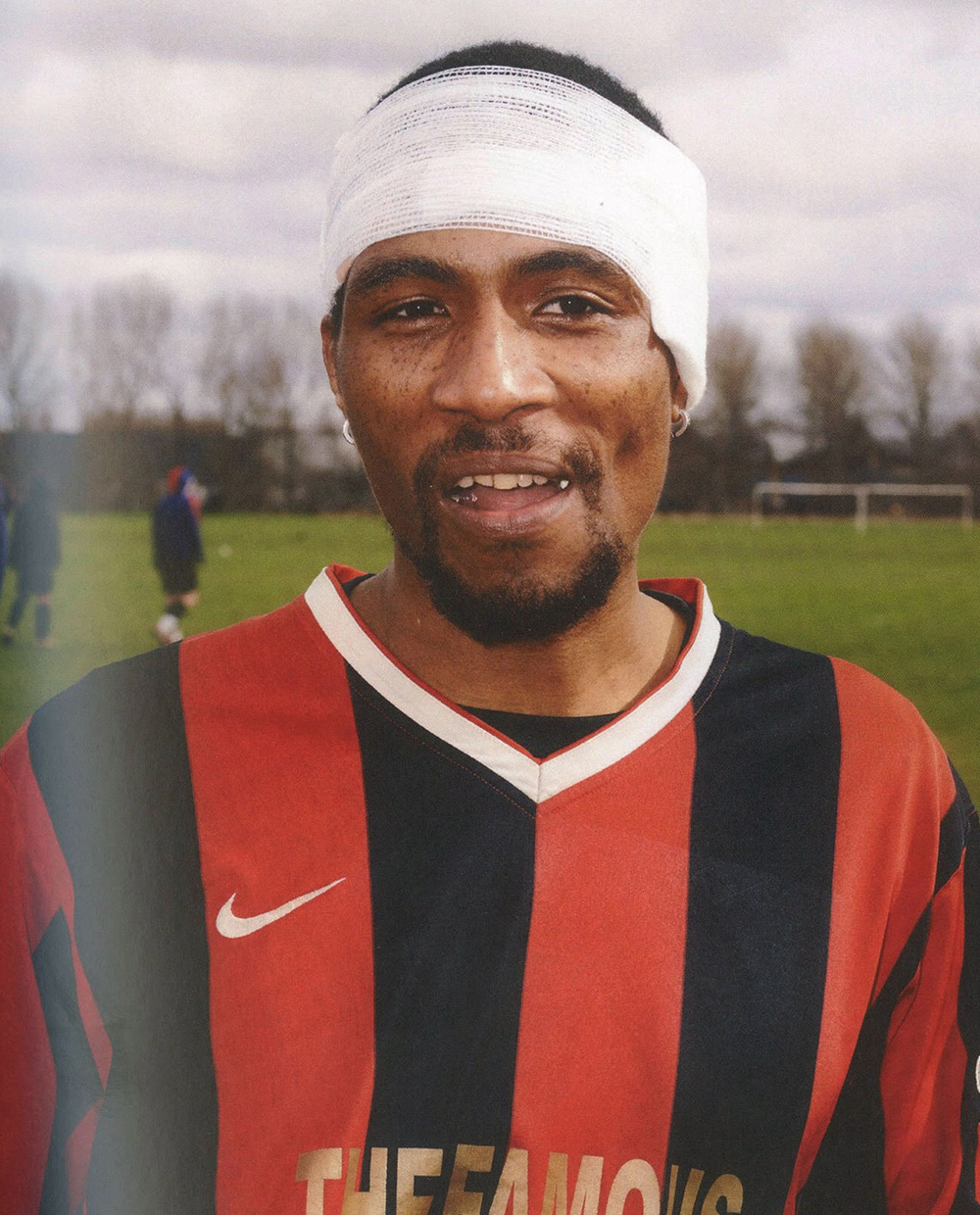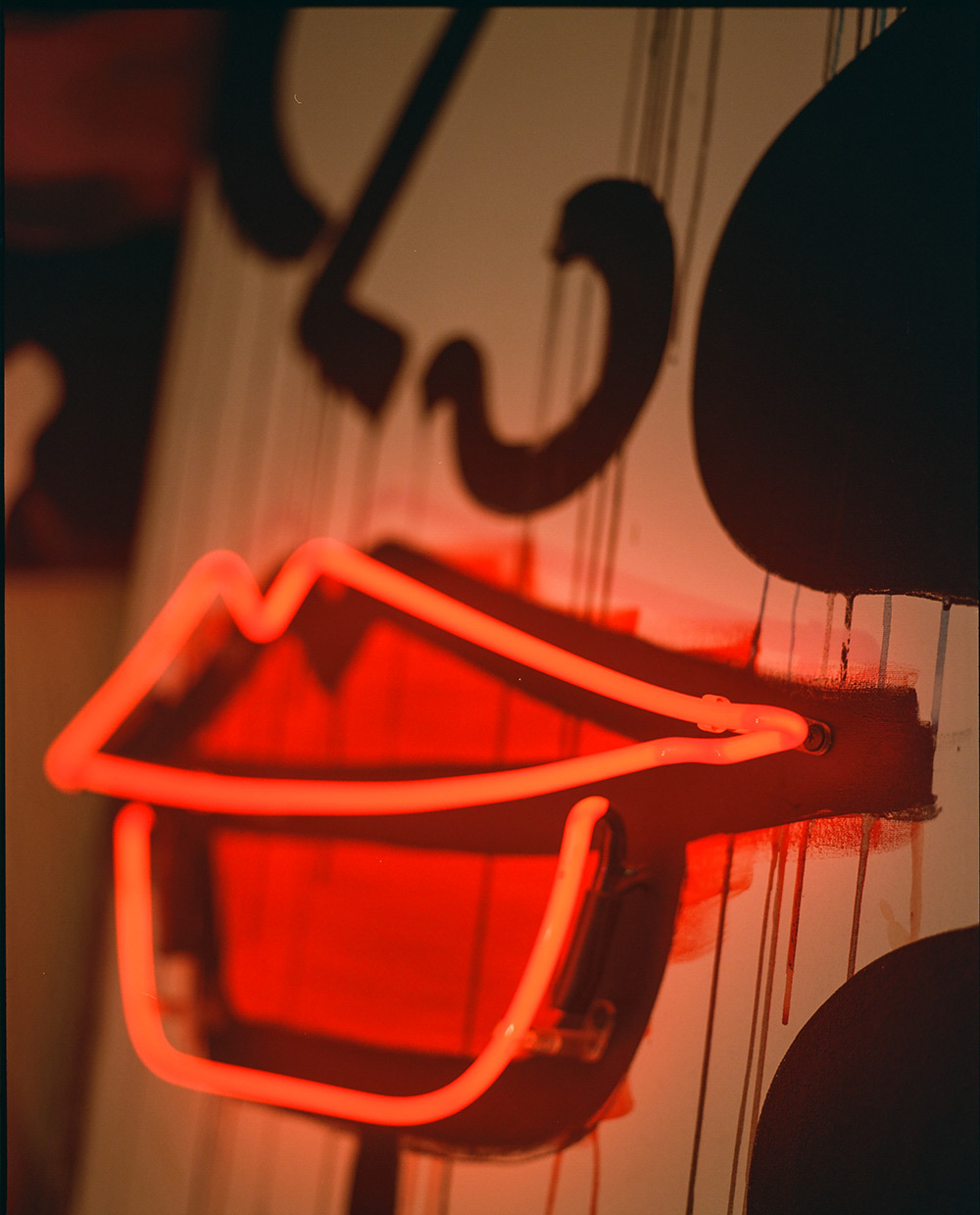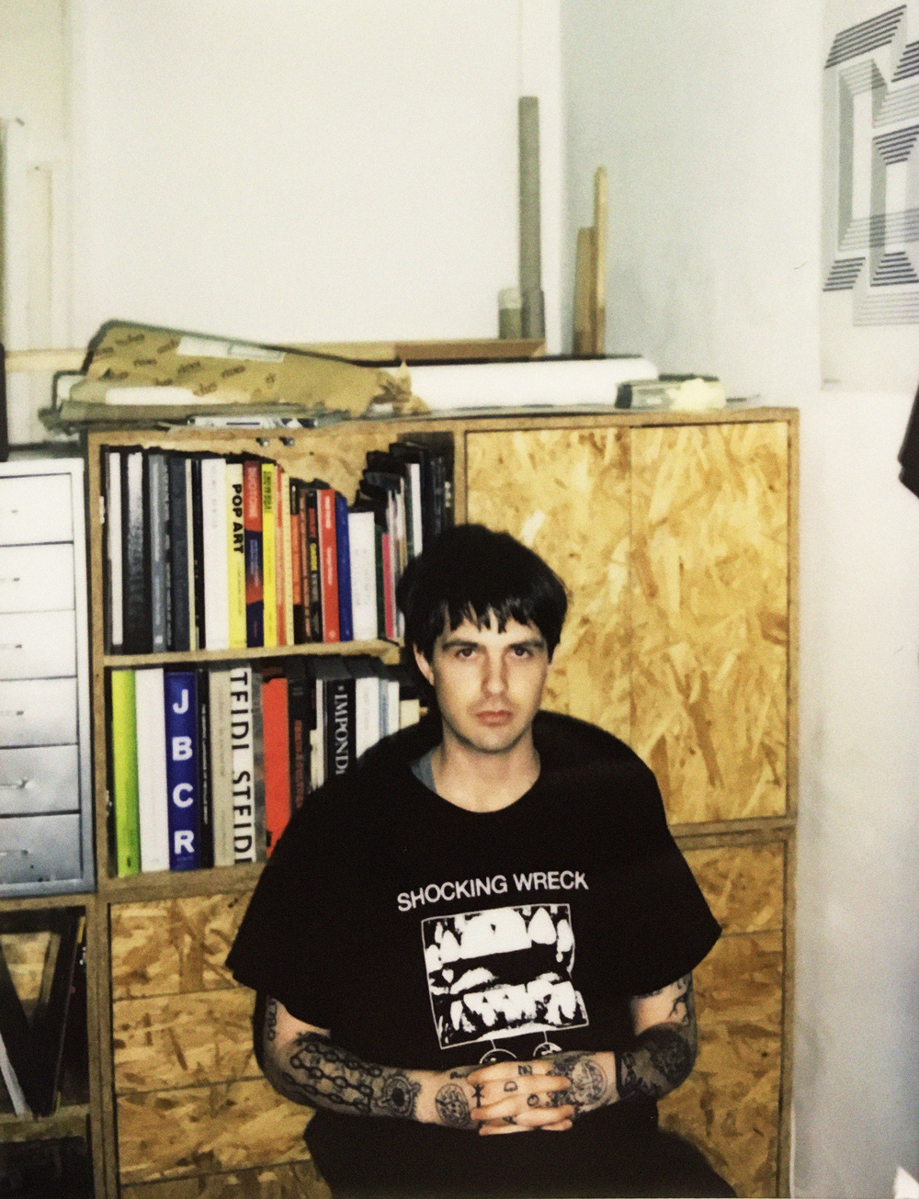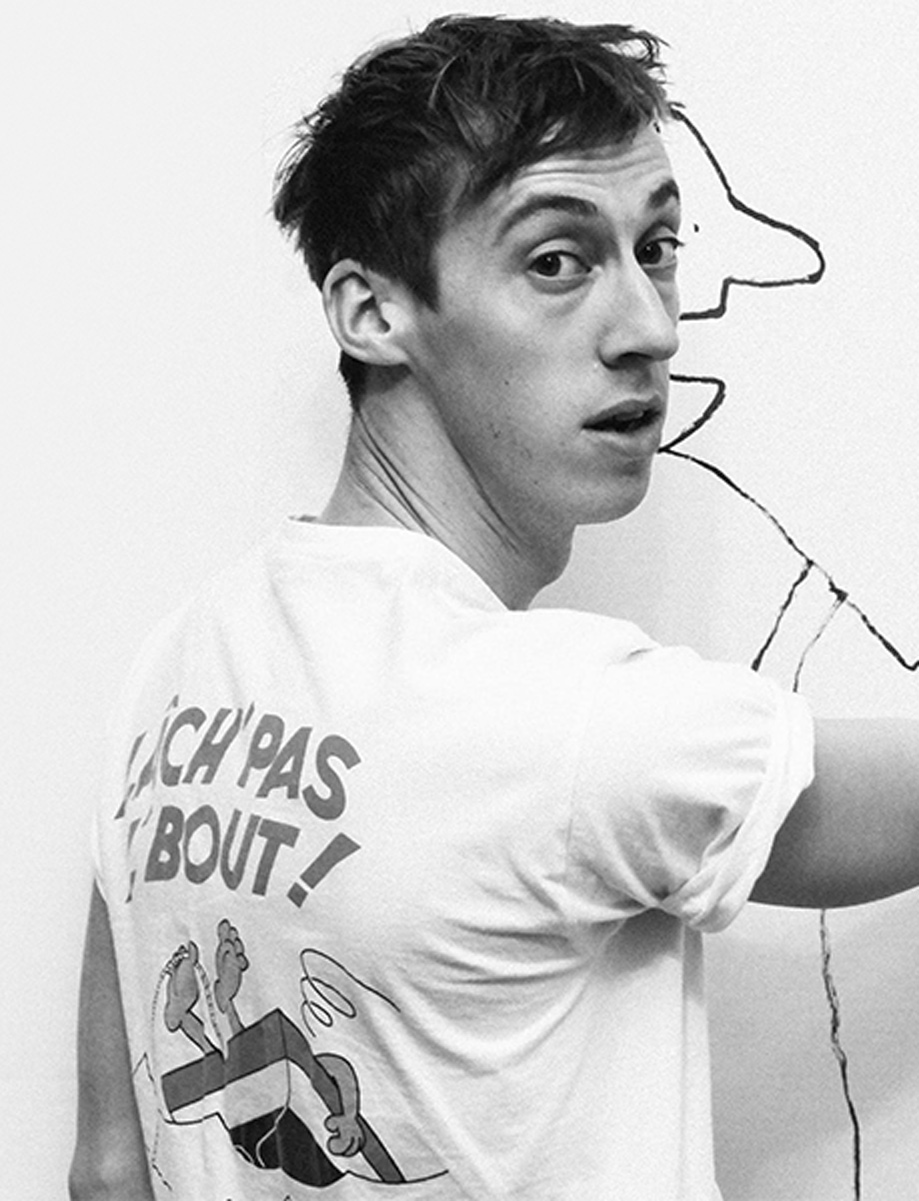Can you tell our community a little about yourself to get started?
I’m Calum Jacobs. I’m a freelance writer and editor from south London.

What’s the story behind Caricom magazine?
Caricom magazine began life as a series of essays and features which examined race, representation, cultural co-option and the “black experience” in Great Britain explored through the lens of football. I initially intended to pitch the writing to football websites and magazines. However I soon began to feel that in order to do that I would need to coach my language or dilute my ideas to be accepted by editors. I wasn’t willing to do that. It made more sense to create and write a magazine where any ideas would be entirely free of editorial restraints.
So Shawn Sawyers (the designer) and I set up a Kickstarter, and I then raised enough money to ensure the magazine could be printed and the contributors paid. This involved a lot of Instagram focused marketing and begging my friends and family for their money.

How did you develop Caricom magazine?
I want to say it was all organic and each idea flowed from the next, but I don’t work like that, it was all quite structured. I’d done a lot of research and mapped it out prior to beginning it. Even the design features were slightly predetermined; the cover was always going to be the cover, for example.
Having worked in editorial I was familiar with the format of how concept led magazines are developed: usually, the editor decides on a theme and each writer will then pitch ideas that fit under that umbrella or the editorial team will brainstorm and feed off each other’s ideas. I basically played both roles; writing and editing fairly continuously for around six weeks. I also commissioned all of the illustrations that appear in the magazine and got hold of the photo series that also appears, it’s by Chris Baker, he very kindly donated it as soon as I offered to pay for it.

Was there a direct catalyst that drove you to produce the magazine, and if so what was it?
I’ve always wanted to be associated with football in a working capacity as it’s my principle interest. There are other things I’m in to, but they pail in comparison next to football.
As a kid I used to get my Dad to tape Football Italia on VHS every weekend so I could watch it back again after I’d watched it. I was 7 or 8 at the time. I idolised players in Serie A, particularly Lilian Thuram and Edgar Davids (who I used to think I was modelling my game on).
It was as if the media and general public were waiting for the black player to slip-up personally or professionally. Like he had the sword of Damocles hanging over his head pretty much as soon as he “made it”.
Later, I started to watch Premiership football and I noticed a disparity in the way black players were spoken about in comparison to white players, not only in commentary but in the discussions around the game; it always tended to be negative, lukewarm or qualified by reductive phraseology. And if it wasn’t, it was as if the media and general public were waiting for the black player to slip-up personally or professionally. Like he had the sword of Damocles hanging over his head pretty much as soon as he “made it”. This is still true now, the Daily Mail being the most prolific proponents of this genre.
Even picture editors in newspapers would habitually use a picture of one black player and caption it with another’s name. I always felt, if that’s not deliberate, it stems from a belief that we all look a like. It showed a lack of care and respect.
Essentially, the seam of injustice and discrimination that runs through wider society is inherent in the game, and yet, because there are so few black football writers it could never be remedied. I wanted to address a great deal of this in the first issue.

What message(s) do you aim to convey to the reader with the magazine?
From the outset my idea was to use football as a space to discuss “contentious” issues. To reframe or project them on to a sport that tends to unify people. But that’s morphed somewhat.
I saw a quote from Arthur Jafa where he said that his art was a way to communicate with black people, even if it didn’t seem that way, and it resonated with me massively. So I think that’s the only message at this point.
What’s been the most interesting conversation/statement you have had/received in response to the magazine?
Luckily I’ve sidestepped any “how comes there’s no white history month?” or “why is there a MOBO’s, ain’t that racist too?” type comments and only received positive feedback. The most striking thing was an admittance from a Chelsea fan that his club was indeed massively racist and needed to deal with it. We need more fans like him in the world.
Beyond that, I’ve had black people tell me they’ve learnt what “code switching” is because of things they’ve read in the magazine, white buyers have told me they now have a firmer understanding of how black culture is commodified and other people have messaged to tell me they too can now hear that commentators tend to only compare black players with other black players. Overwhelmingly people have told me what I’m doing is very “necessary”.

What has been the hardest part of your journey in creating Caricom magazine? How did you overcome it?
The hardest part is working with other people. I have high standards, high expectations and operate with a sense of urgency some find difficult.
All the magazines that inspire me are staffed by a dedicated team, and each employee will be responsible for a different area, whether that be talking to stockists, running socials, posting the magazine to customers, giving interviews and presentations, generating content ideas, executing those ideas, commissioning writers and artists etc.
I do all of that alone at present.
One thing you have to bear in mind is, if the original idea is yours, do not expect others to share your passion or drive for it.

If and when you hit writers block, where do you turn for inspiration?
Luckily, I’ve not hit serious writers block yet. But when I am struggling I go away and read something completely unrelated to the topic I’m writing about, and it’ll feed back into it somehow. Generally though, I speak to my good friend – and the guy who informally copy edited Caricom Issue 1 – Adam Cousins. Either his thoughts will work as an addendum to mine or we’ll disagree on things, both outcomes tend to help.
Freelance is tough and you’ll encounter other writers who bandwagon hop or opine disingenuously for attention, ignore them and sidestep that behaviour.
3 tips for anyone looking to start their own freelance writing journey?
Freelance is tough and you’ll encounter other writers who bandwagon hop or opine disingenuously for attention, ignore them and sidestep that behaviour.
I started a website years ago and only wrote when something really moved or inspired me. My output was sporadic but honest and considered. As a result I ended up with a solid portfolio of work that I used to leverage myself into a an internship that turned into a staff writer role.
Don’t be disheartened, and never give up. Also remember that you only get out what you put in. Luck plays a part, of course, but so does sheer bloody minded determination and tenacity.
Biggest challenge facing freelance writers in 2018 and beyond?
Finding consistent work with publications or agencies that offer security, editorial freedom and pay properly. I think those things will always be the biggest challenges.
Head over to the official Caricom magazine website to purchase and look for stockists near you.






